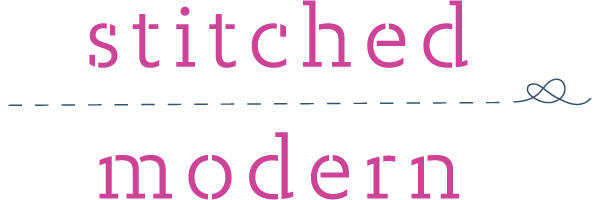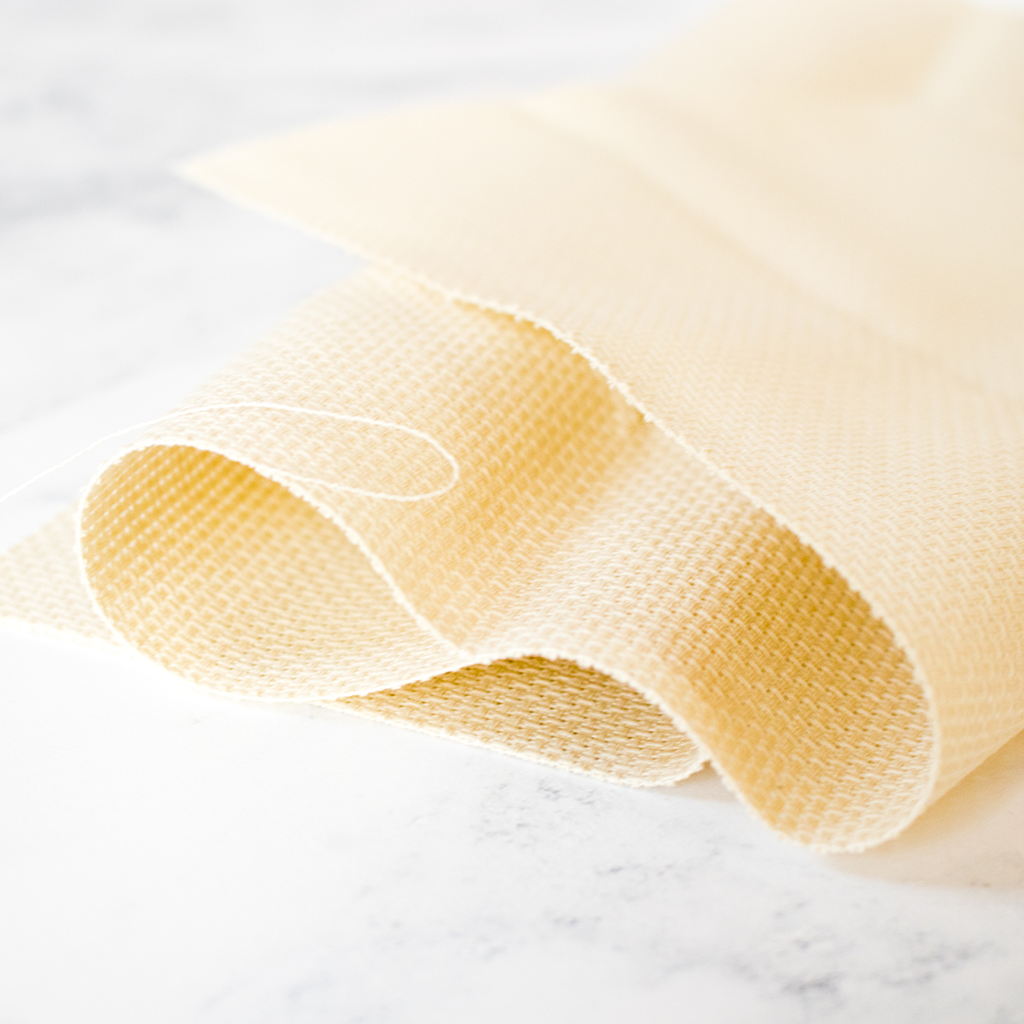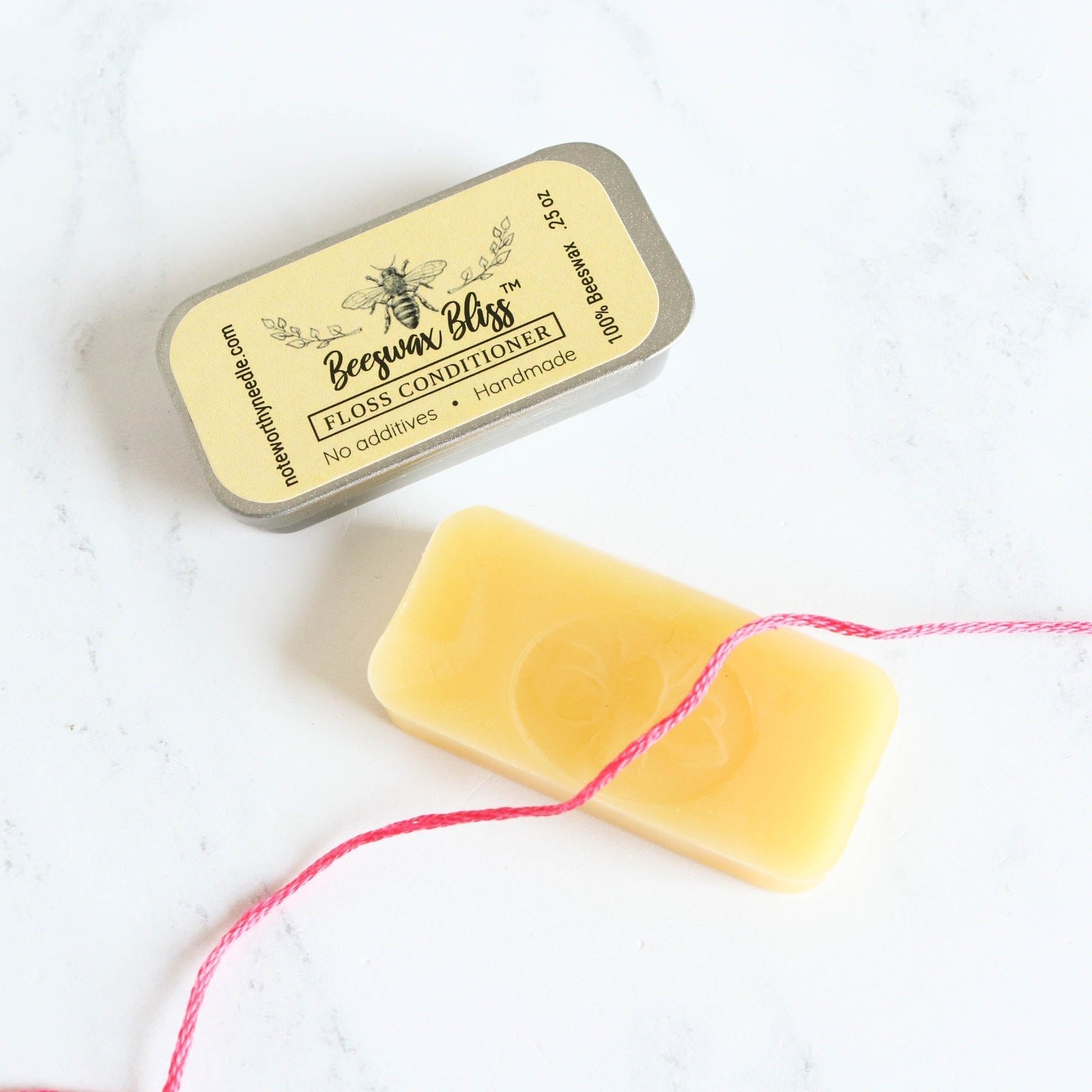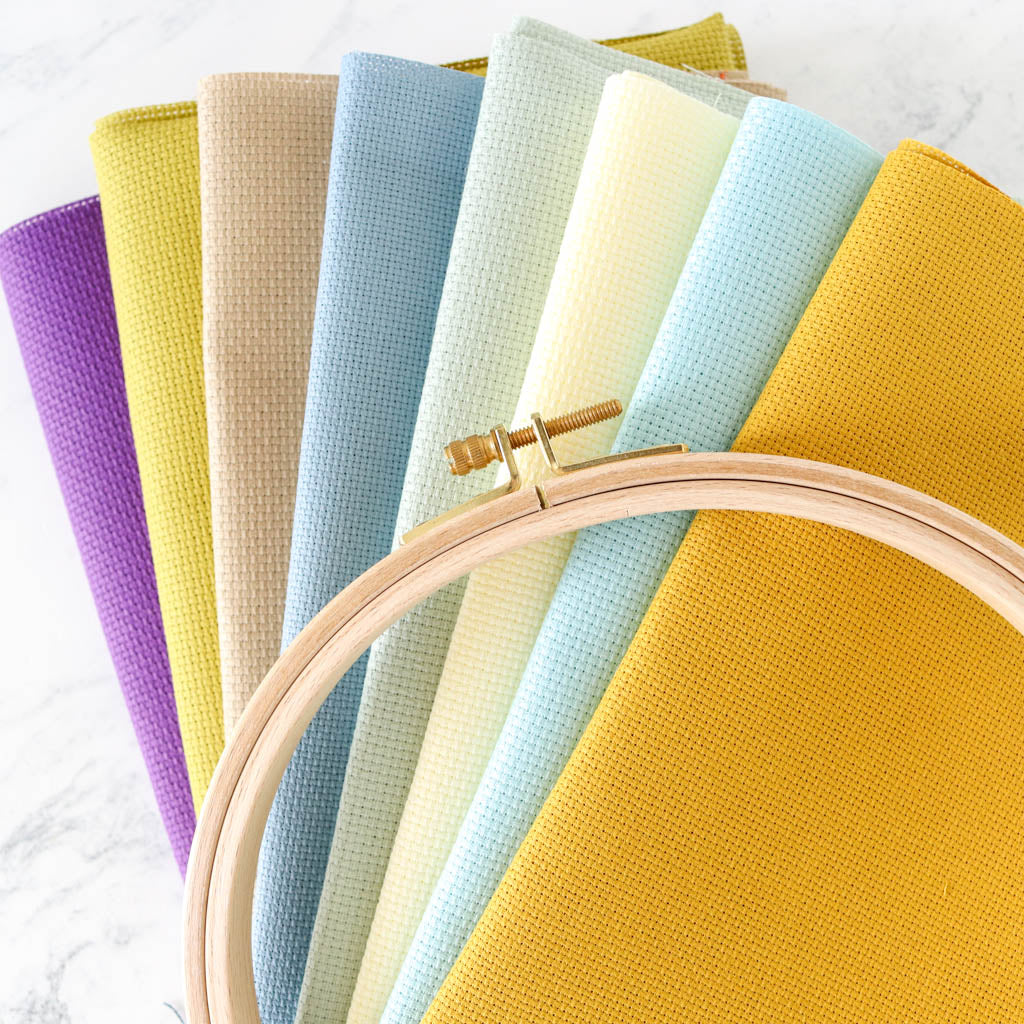
Cross stitch charts tell you everything you need to know about a cross stitch pattern. Learn how to read them and understand the basic elements of a cross stitch chart in this post.
Charts are grids
Cross stitch designs are traditionally depicted as a series of squares laid out on a grid. Each square on the grid corresponds to a single stitch. Like the grid paper you might be familiar with from math class, darker lines are drawn in 10-by-10 square sections to make reading the chart and keeping your place easier. Line numbers along the top and side are also used to help keep your place.

When working on a cross stitch design, it can be good practice to start stitching in the middle of the pattern. Arrows at the top and side of the chart indicate the center points. For smaller patterns, it is easy enough to trace with your fingers to find the center, but for larger patterns you may wish to use a ruler and pen or pencil.

When reading a cross stitch chart, you can hold it rightside up or upside down while orienting your fabric the same way. Don't turn the pattern or your fabric 90 degrees or your stitches will end up crossing in the wrong direction.
Legend and symbols
Each cross stitch chart has a legend that shows what color thread to use. In a full-color chart, the different threads are commonly depicted by a color block and a symbol. In black and white printings, they may be depicted by a symbol only. Match the color block and/or symbol in the legend to find out what color thread to use.

The legend may also offer thread substitutions for those who wish to stitch with a different thread brand.
Blocks and/or symbols that take up a full grid square indicated full cross stitches. Back stitches are indicated by lines on the chart, and French knots are often depicted by round dots.
Pattern notes
Professionally-produced charts often include other helpful information such as recommended fabric color and count. It will list the stitch dimension, that is, the number of stitches wide by the number of stitches high, along with finished size when stitched on various fabric counts. (For more on fabric count, see What does fabric count mean in cross stitch?)
Notes in the pattern may also tell you how many strands of floss to use with the various stitches in the design.
And don't forget the copyright, which is an essential part of most charts. Copyright means you cannot make copies of the chart and share them with your friends or sell them. Cross stitch desginers deserve to be compensated for their artistic creations. Following copyright guidelines ensures the future of this craft we love so much.

The chart in this blog post is free for personal use. You can download a copy here. If you stitch it up, share a photo on social media and tag it with #stitchedmodern so we can see!





